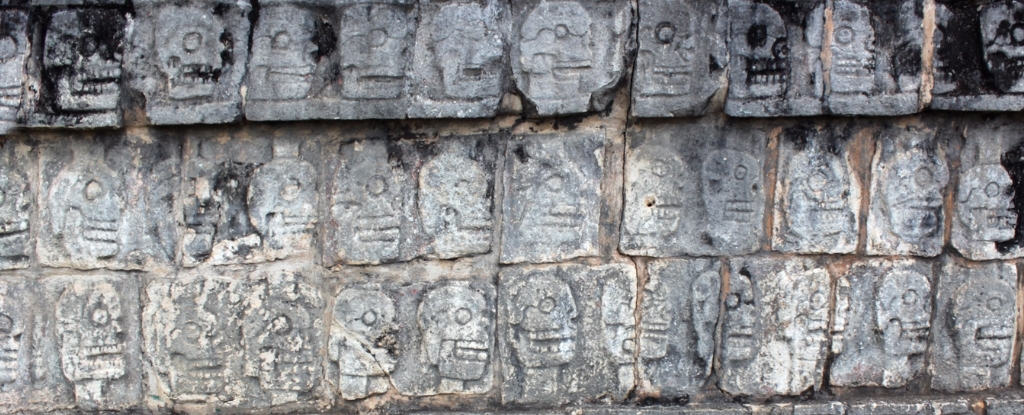In the height of the Maya empire, the victims of human child sacrifice appear to have been very carefully selected.
According to a new analysis of ancient DNA led by researchers from the Max Planck Institute for Evolutionary Anthropology, the chosen victims have something in common. The remains of 64 individuals found inside a subterranean chamber known as a chultún all belonged to young boys, many of whom were closely related. Among them, two sets of identical twins.
It’s a discovery that contradicts the common notion that sacrifice victims tended to be young girls – an important insight into child sacrifice in Chichén Itzá, deep in the heart of Mexico’s Yucatan Peninsula.
The big surprise was that the children all ate food that would have been found locally, meaning they were all from local communities.
But there were more surprises in store. All of the bones tested were from male children, and at least a quarter of them were closely related, with a similar diet, suggesting that they lived in the same household.
“Most surprisingly, we identified two pairs of identical twins,”


